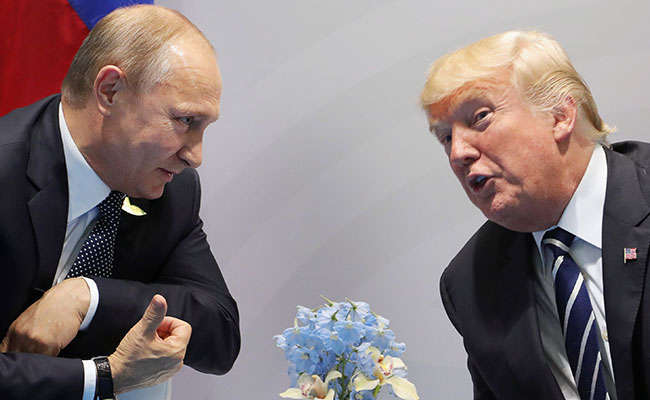As the world celebrated the new year and settled down from festivities, dreaded news emerged: the outbreak of a mysterious SARS-like virus in Wuhan in eastern China. The cases were linked to a large wholesale fish and live animal market in the city.
Soon after, virologists across the globe started deliberating if there were fish and reptilian viruses that could have possibly transferred to humans.
2003 SARS Epidemic
The story of a respiratory virus emerging from a wet food market is all too familiar. In 2003, severe acute respiratory syndrome (SARS) emerged in a food market in China. The virus infected over 8000 people worldwide, of which 774 died.
Asia steps up defences against new SARS-like virus, introducing mandatory screenings at airports https://t.co/9T0xFjjJ5W pic.twitter.com/YknhNduTEF
— AFP news agency (@AFP) January 21, 2020
Extensive epidemiological surveillance and molecular analysis identified civet cats as the carrier of SARS. These animals were sold in wet food markets at the time. As a result of the outbreak, thousands of civet cats were culled, and their sale and consumption banned. Further research later identified that SARS coronavirus likely jumped from bats into civet cats as research groups detected SARS-like viruses in regional bats.
The news of the current outbreak has struck fear in the hearts of many that lived through the SARS pandemic.
Coronavirus Outbreak
While there are many gaps in knowledge regarding the latest coronavirus outbreak, our understanding is growing by the day.
Over the past two weeks, significant progress has been made to identify the virus that is likely responsible for the new outbreaks – a new type of virus related to SARS coronavirus. This virus was initially informally dubbed Wuhan-CoV, but the World Health Organization has now labeled the virus 2019-nCoV.
It has also been discovered that the market where the virus originated from sold live animals, including raccoon dogs and other small mammals. Although we do not know for certain if the virus jumped from an animal in the market to humans, past experience with SARS does make it a likely scenario.
2019-nCoV’s Genetic Backbone
In addition to identifying the new coronavirus, advancement and affordability of next-generation sequencing technology have enabled a quick detection and identification of the virus’ genetic backbone. A team led by Dr. Yong-Zhen Zhong of the Shanghai Public Health Clinical Centre decoded and posted the draft genome of the new coronavirus.
The scientific community has applauded the quick sharing of the genomic sequence. Subsequently, multiple researchers compared the genetic sequences of the current virus with genomes of known coronaviruses, including SARS.
Rapid phylogenetic analysis of novel Wuhan China human Coronavirus shows it definitely clusters with the #SARS-related CoV clade. Note: prelim analysis based on 410bp of RdRp. More analyses forthcoming, but great to see seq data being shared by China. @EcoHealthNYC @PeterDaszak pic.twitter.com/M25hCOy5M1
— Kevin J Olival (@nycbat) January 11, 2020
The analysis indicates that the current virus is sufficiently different from SARS and that it deserves its own name. An evolutionary analysis identified that 2019-nCoV was more closely related to SARS-like viruses that have been previously detected in bats.
As more cases have now been identified and additional virus genomes have been sequenced, what looks promising is that the virus seems to be very similar to the first strain that was detected in Wuhan. This means that it is unlikely that there have been multiple exposures to different sources of the virus.
The uncertainty about this new coronavirus is that we do not know where and how it entered the human population. Investigative work over the next few weeks will be critical in identifying the source of the first case, the animal carrier (if any), and the virus’ potential to adapt and evolve inside the human body.
Human-to-Human Transmission
The longer a virus spends circulating within humans, the likelier it is to mutate and evolve to become more fit for human-to-human transmission.
The looming threat of human-to-human transmission was initially denied or not observed. This changed earlier this week when Zhong Nanshen, a respiratory expert and head of China’s national health commission team investigating the outbreak, confirmed that two cases had been caused by human-to-human transmission, including the infection of medical staff.
Again, this is very similar to the 2003 SARS outbreak, where medical staff was infected as well. As of writing this article, the first case of 2019-nCoV has been identified in the United States, while other patients have been confirmed in Wuhan, Beijing, Shanghai, and Shenzhen, as well as Taiwan, Japan, Thailand, and South Korea.
Unfortunately, the virus has already claimed the lives of 17 people and infected hundreds of others.
How Concerned Should We Be?
Over 16 years of research on SARS and other coronaviruses means that the scientific community and global health organizations are now better prepared. Research has identified potential therapeutic options that may reduce virus propagation in infected individuals.
Early unverified reports have identified an antiviral drug cocktail (lopinavir/ritonavir, tradename Kaletra) that is being given to infected individuals.
The world has learned from the SARS outbreak, and the scientific community is actively collaborating and discussing solutions and next steps as we speak.
Increased surveillance, research capacity, and better quarantine protocols in healthcare will allow us to hopefully control this ongoing outbreak.
If you want to stay up to date on this outbreak via Twitter, these accounts are actively following and sharing reports: @hayesluk, @TheMenacheryLab, @Baric_Lab, @nycbat, @MackayIM, and @MattFrieman. Most major health organizations are also providing updates as they become available.
























